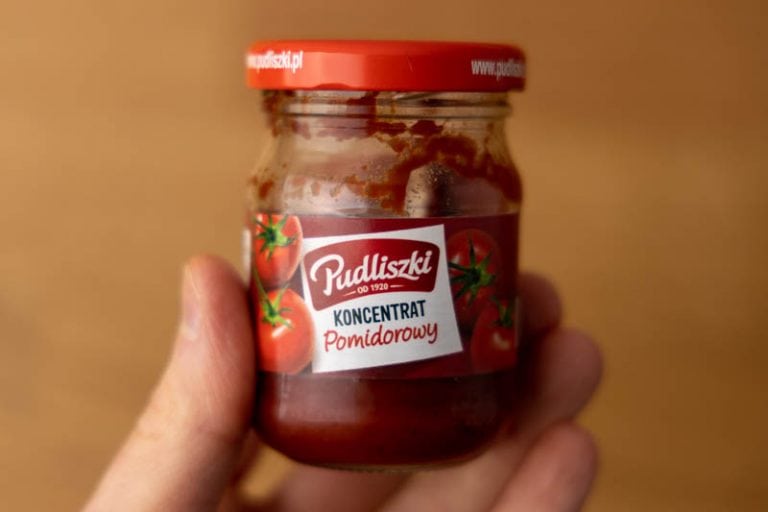Does Red Wine Vinegar Go Bad?
You’ve found an old bottle of red wine vinegar and noticed that it’s past the date on the label. Does red wine vinegar go bad?
Having 2 to 5 half-open bottles of vinegar at any given moment isn’t that unusual. We use balsamic vinegar for some meals, red wine vinegar for others, and there’s also the apple cider vinegar and a few others.
Vinegar is often advertised as one of the few food items that have an indefinite shelf life, so why there’s a date on the label?
Having such questions is perfectly normal and in this article, I answer all of them. Below, we will go through storage, shelf life, and going bad of red wine vinegar. If you would like to learn more about this condiment, read on.
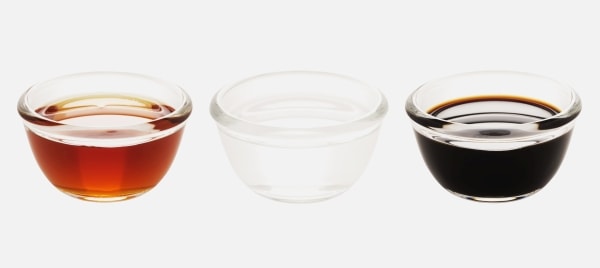
How To Store Red Wine Vinegar
Storing red wine vinegar is no different than storing apple cider vinegar or balsamic vinegar. That means you should keep the bottle in a cool and dark place, away from sunlight and sources of heat.
While sometimes vinegar comes in a tinted bottle that offers some protection from light, you should keep it in a dark place either way.
The pantry is the best option, but a cupboard in the kitchen works too. Once you open the bottle, make sure to always seal it tightly after using it.
Red wine vinegar doesn’t require refrigeration after opening.
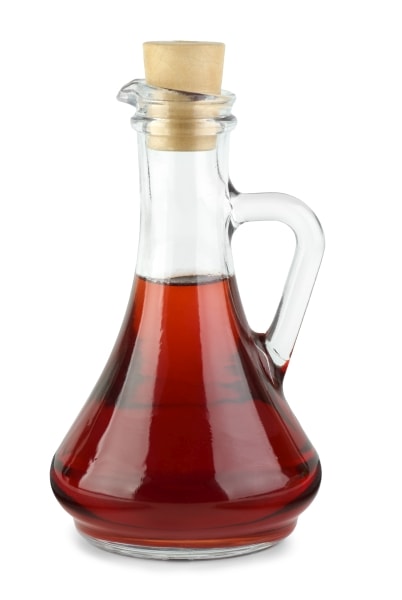
How Long Does Red Wine Vinegar Last
Vinegar often comes with a best-by date, and red wine vinegar is no different. The date on the label is there to inform you of how long the product will retain its freshness and best quality.
Of course, that date is only a conservative estimate, and the vinegar will retain its flavor for months or even years past it.
Red wine vinegar, similarly to rice vinegar or white vinegar, has a pretty much indefinite shelf life. Even though red wine vinegar doesn’t contain alcohol (wine is only the source and alcohol is converted to vinegar), the acidic nature of vinegar is no place for bacteria to grow or even live.
Because of that, the shelf life of red wine vinegar is pretty much indefinite. And that doesn’t change when you open the bottle.
| Pantry | |
|---|---|
| Red wine vinegar (unopened or opened) | Stays fine indefinitely |
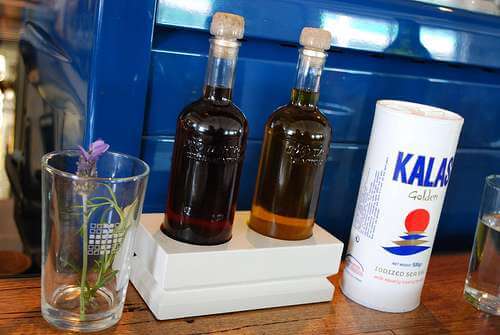
How To Tell If Red Wine Vinegar Is Bad
When discussing going bad of vinegar, first we must talk briefly about the mother of vinegar.
The mother is a natural byproduct of making vinegar. It’s harmless and safe to consume. It looks like cloudy or slimy sediment at the bottom of the bottle. To get rid of it, you can run the vinegar through coffee filters before using the liquid.
If the label of your vinegar reads “pasteurized” or “filtered,” it doesn’t contain the mother. Filtering removes it from the liquid, while pasteurization destroys it. Raw vinegar usually comes with the mother already in the bottle.
Once you open the bottle and it sits in storage for a prolonged period, the mother can begin to form near the bottom of the bottle, even in the filtered and pasteurized varieties. That’s perfectly natural, and your vinegar isn’t bad by any means.
Just to reiterate, the mother is harmless, and its presence in vinegar is natural. It only looks sort of gross.
Vinegar going bad is unlikely to happen. However, if you store a half-open bottle for a few years already, it makes sense to give the vinegar a little exam before using it.
Pour it into a glass to see if the color hasn’t changed and give it a good sniff. If it looks and smells okay, give it a taste to make sure the quality is good enough to use. If it’s not, get rid of the vinegar. Otherwise, feel free to continue using it.
Rotten Records: Share Your Snap!
Caught some food past its prime? Upload your photo to “Rotten Records” and help others spot the signs of spoilage. Every image makes our food community safer and more informed!
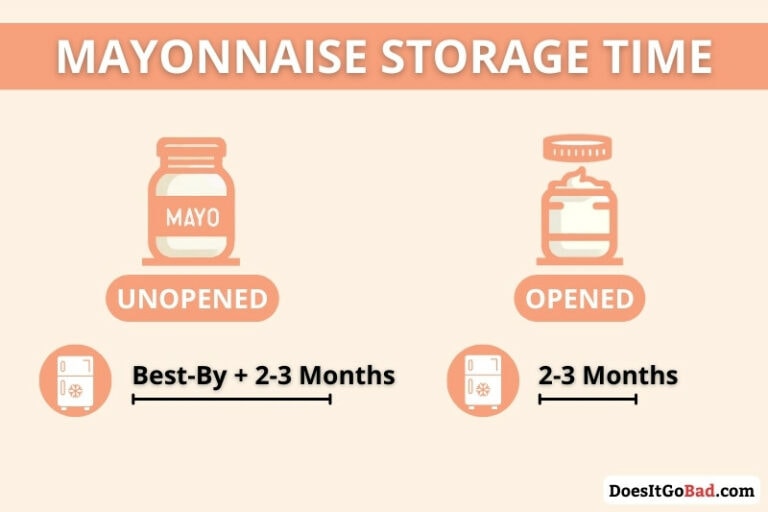
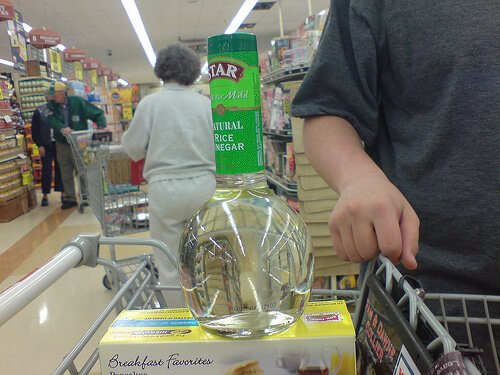
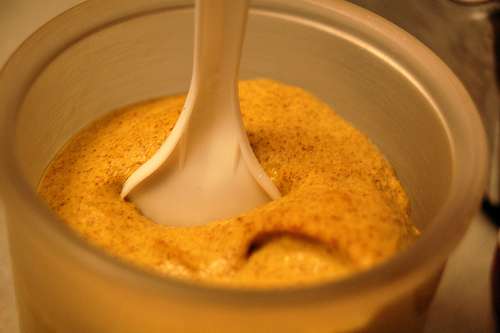
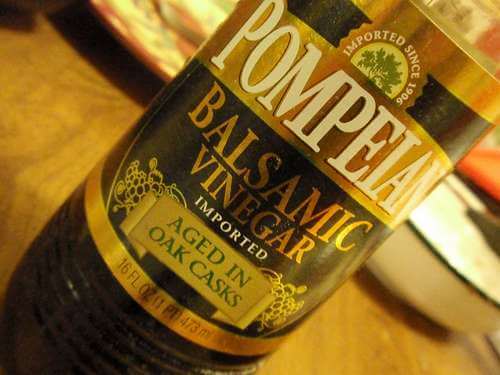
![Does Mayonnaise Need to Be Refrigerated? [+5 Storage Tips]](https://www.doesitgobad.com/wp-content/uploads/mayonnaise-storage-practices-infographic-768x512.png)
